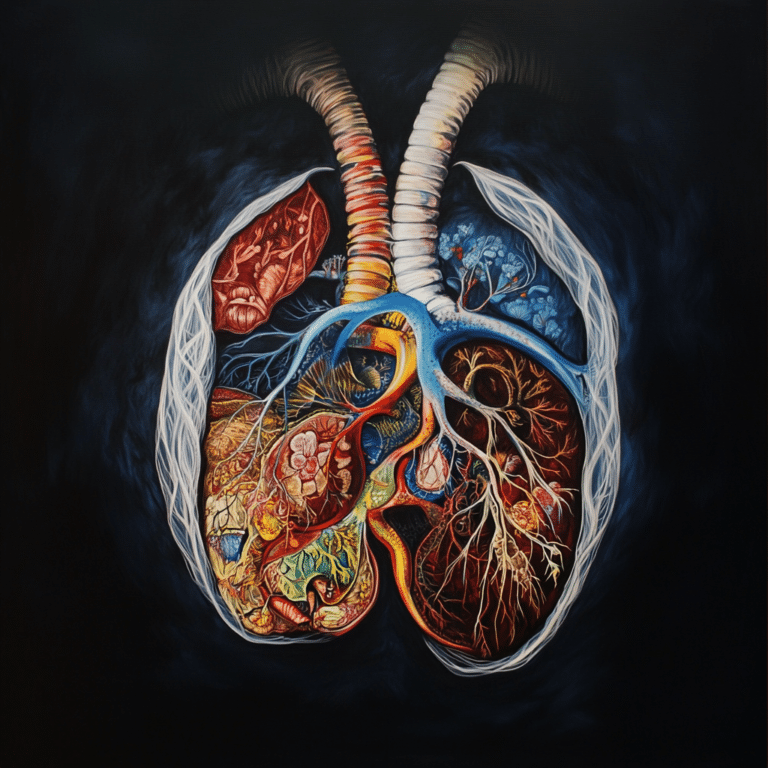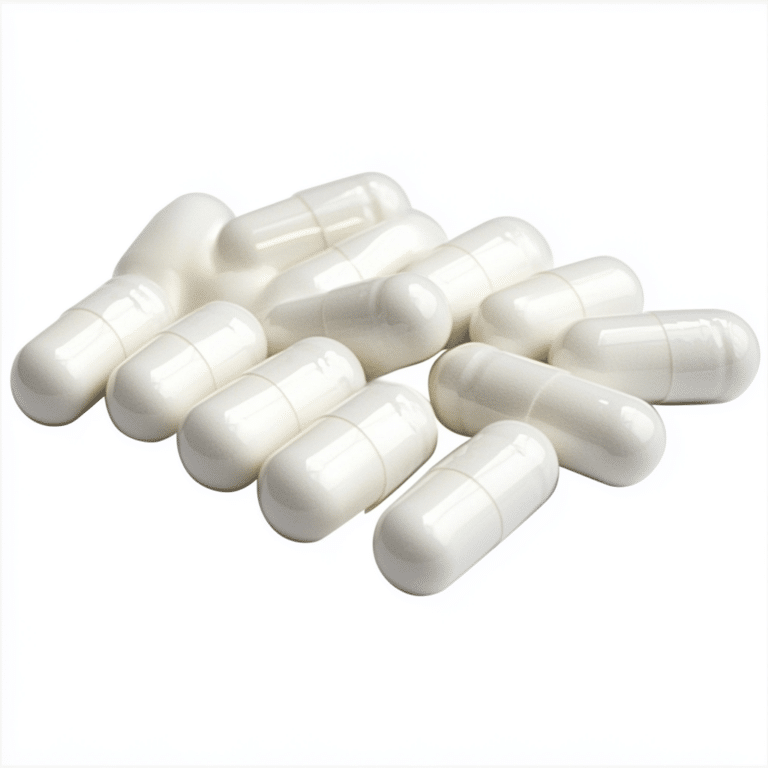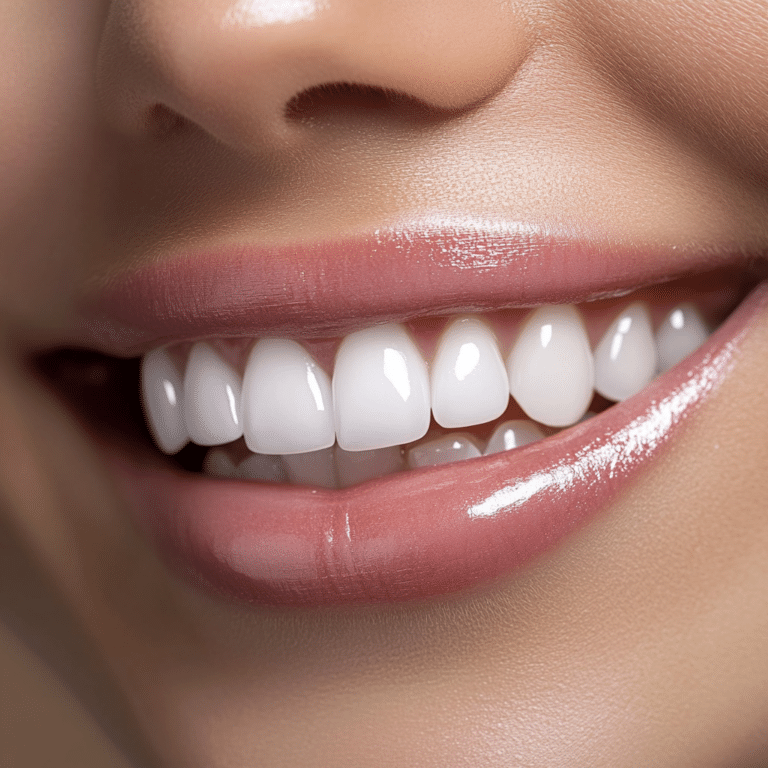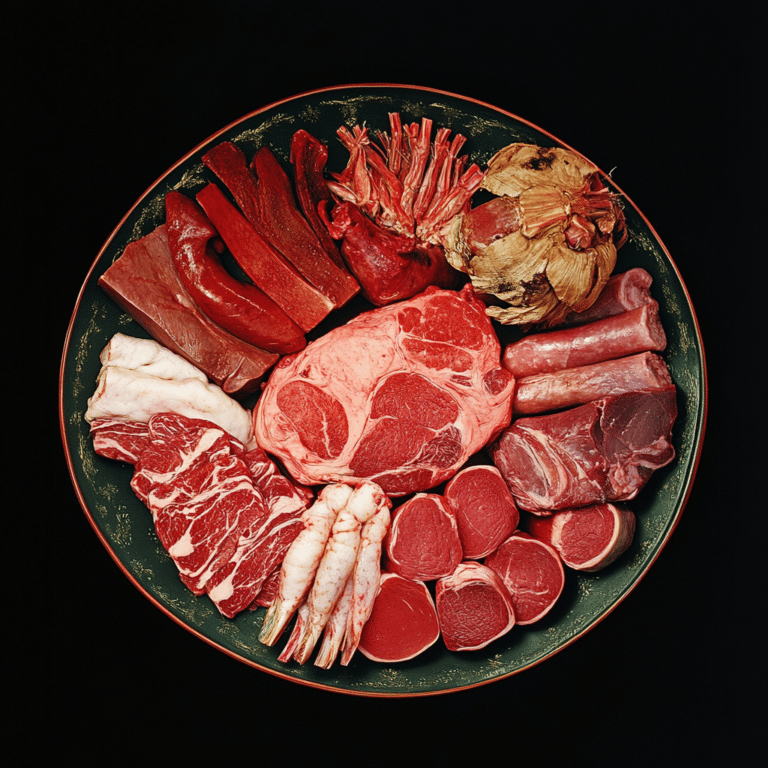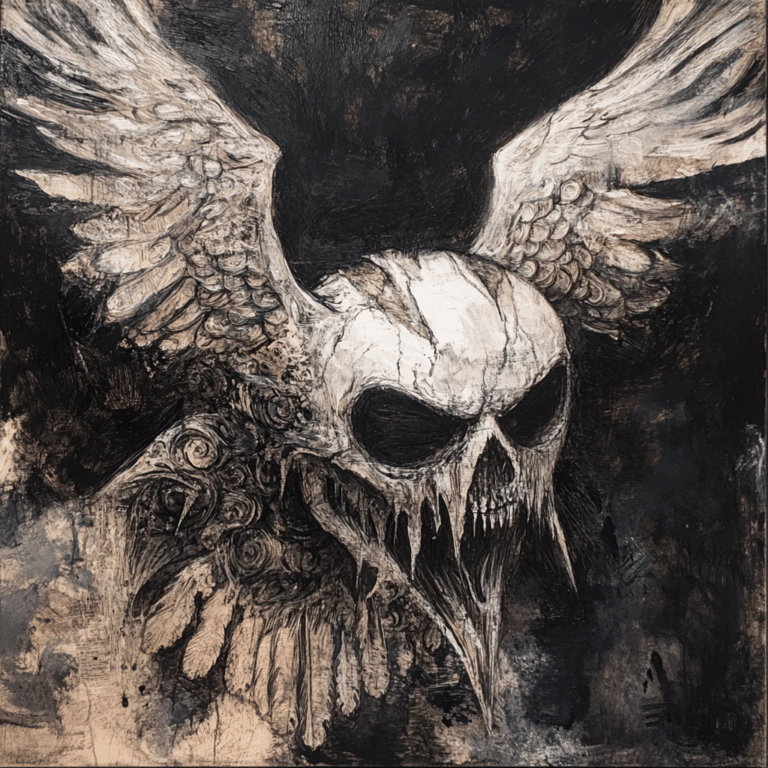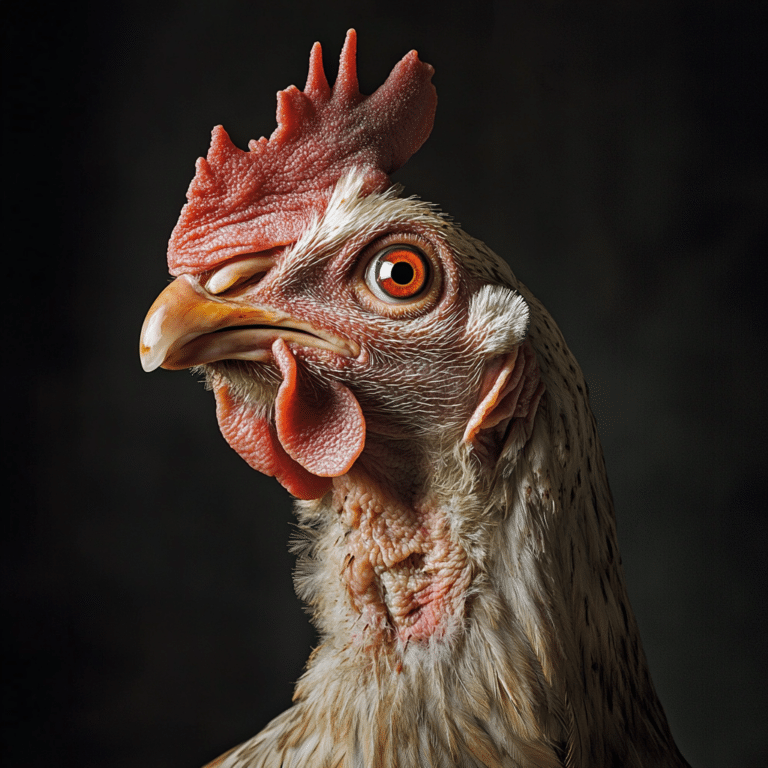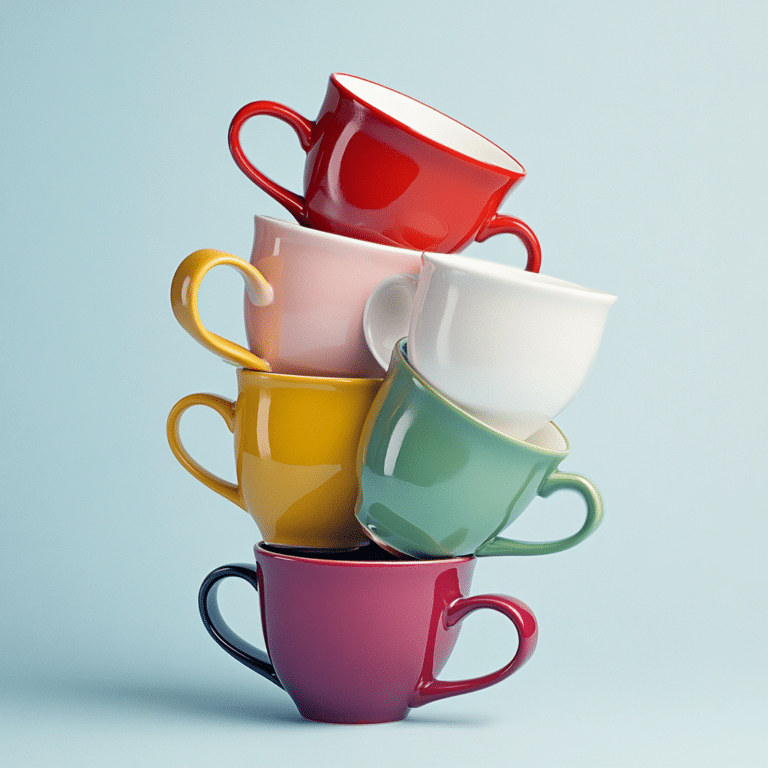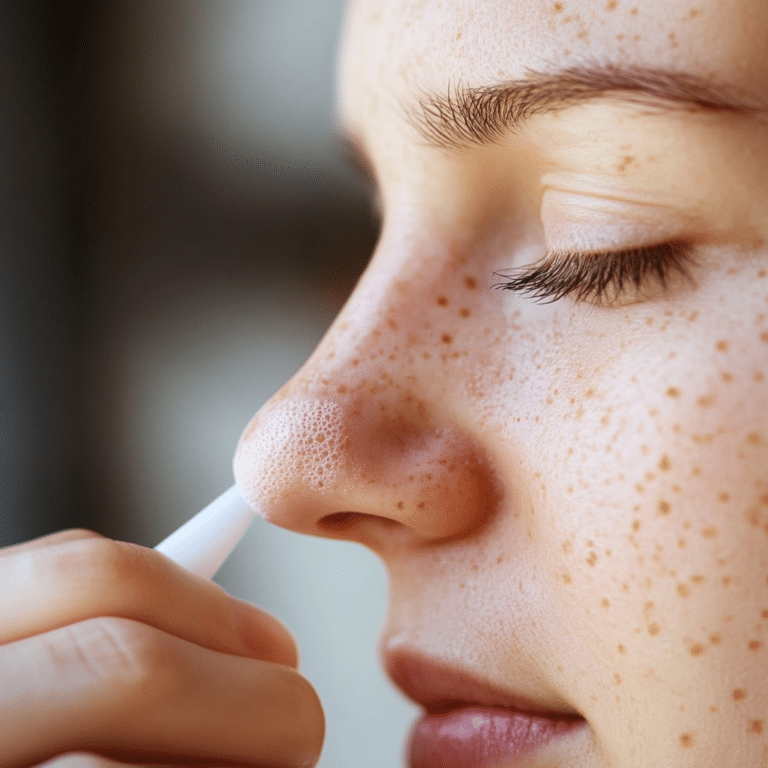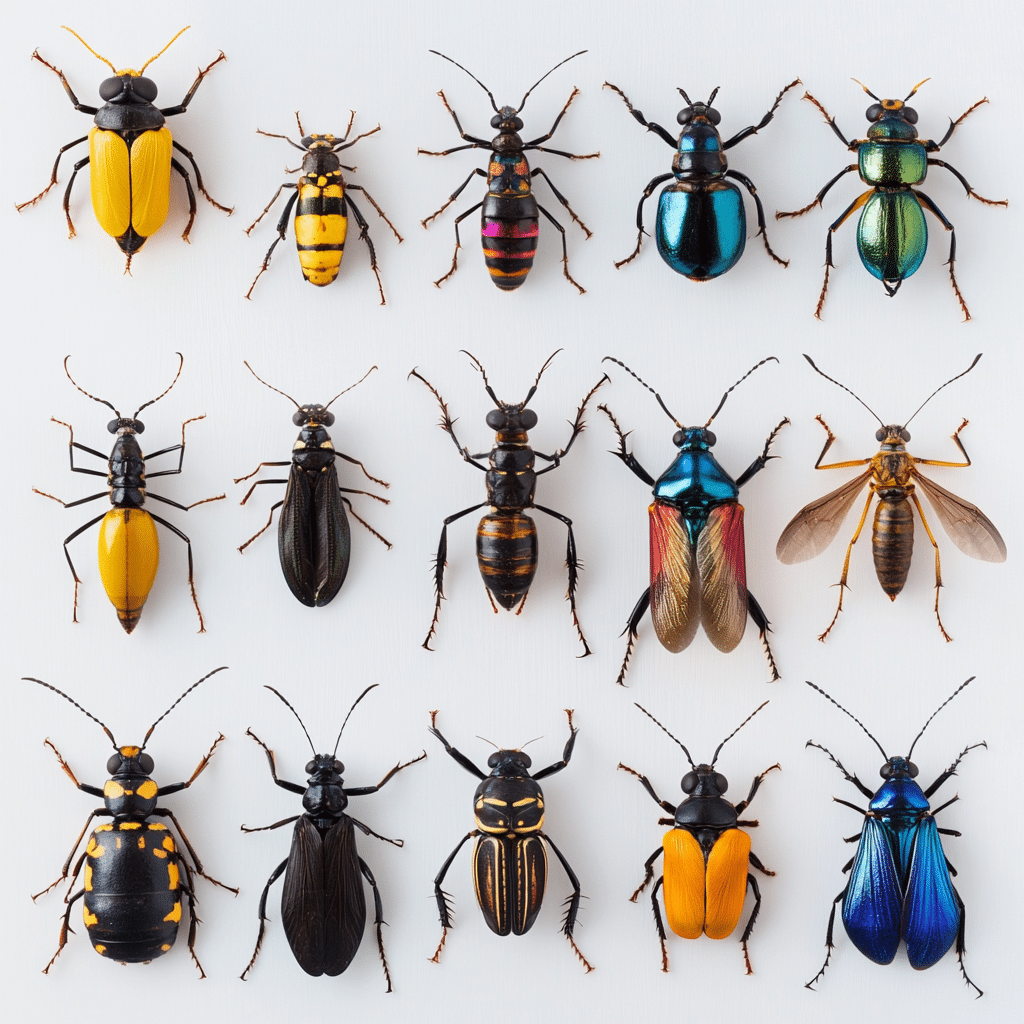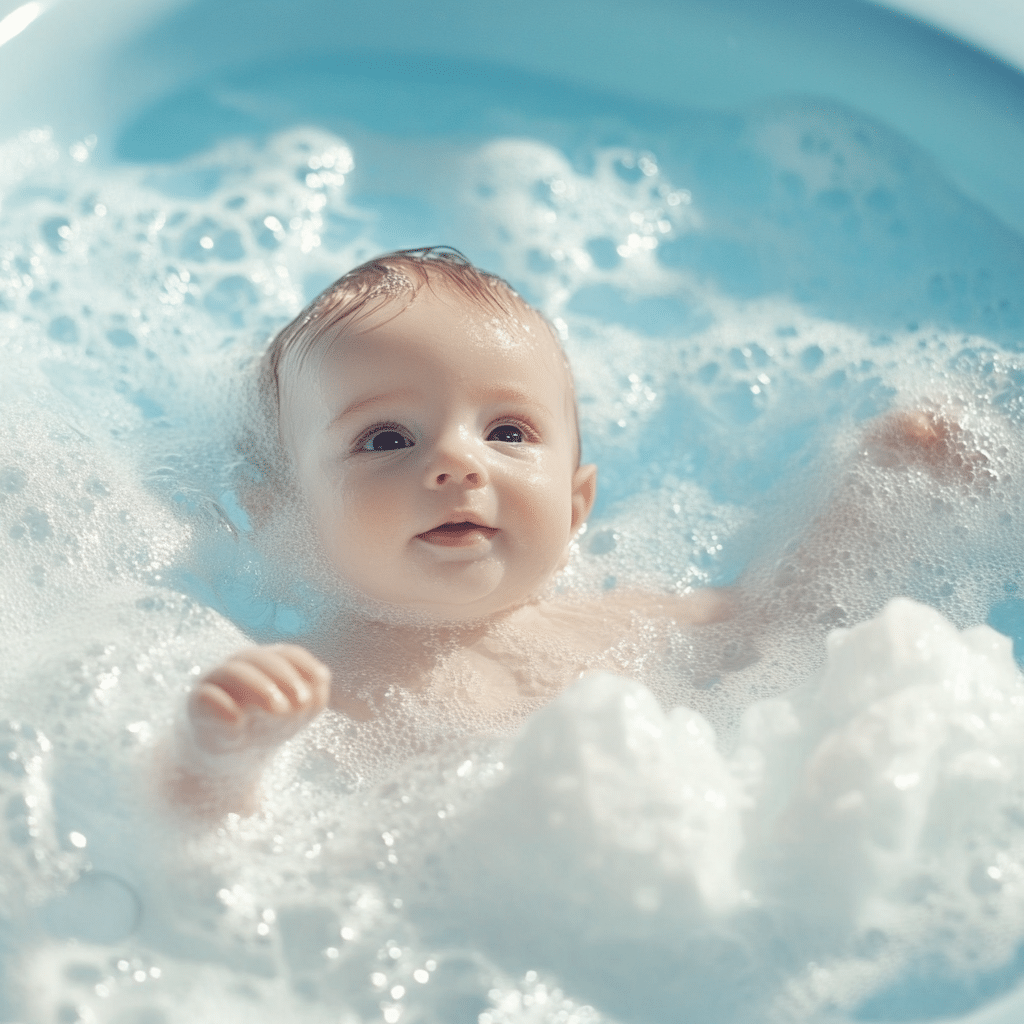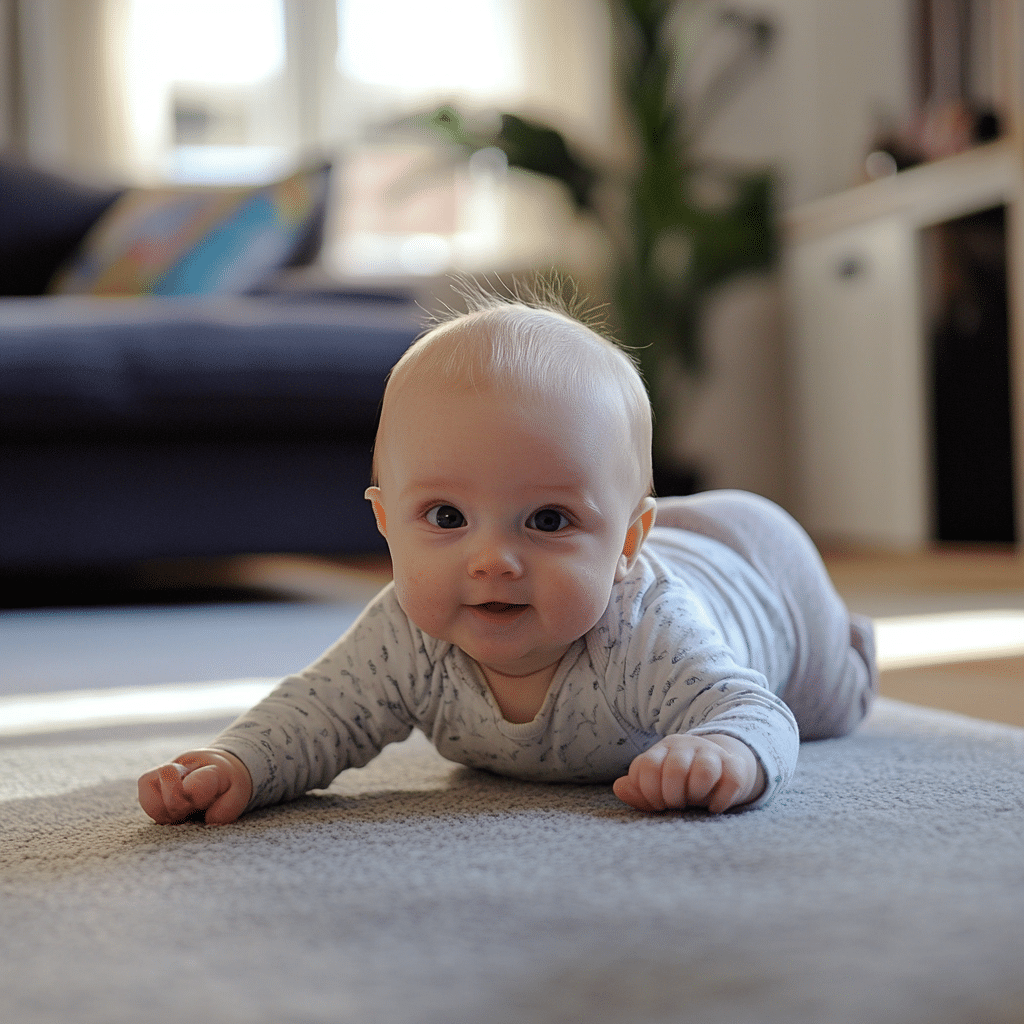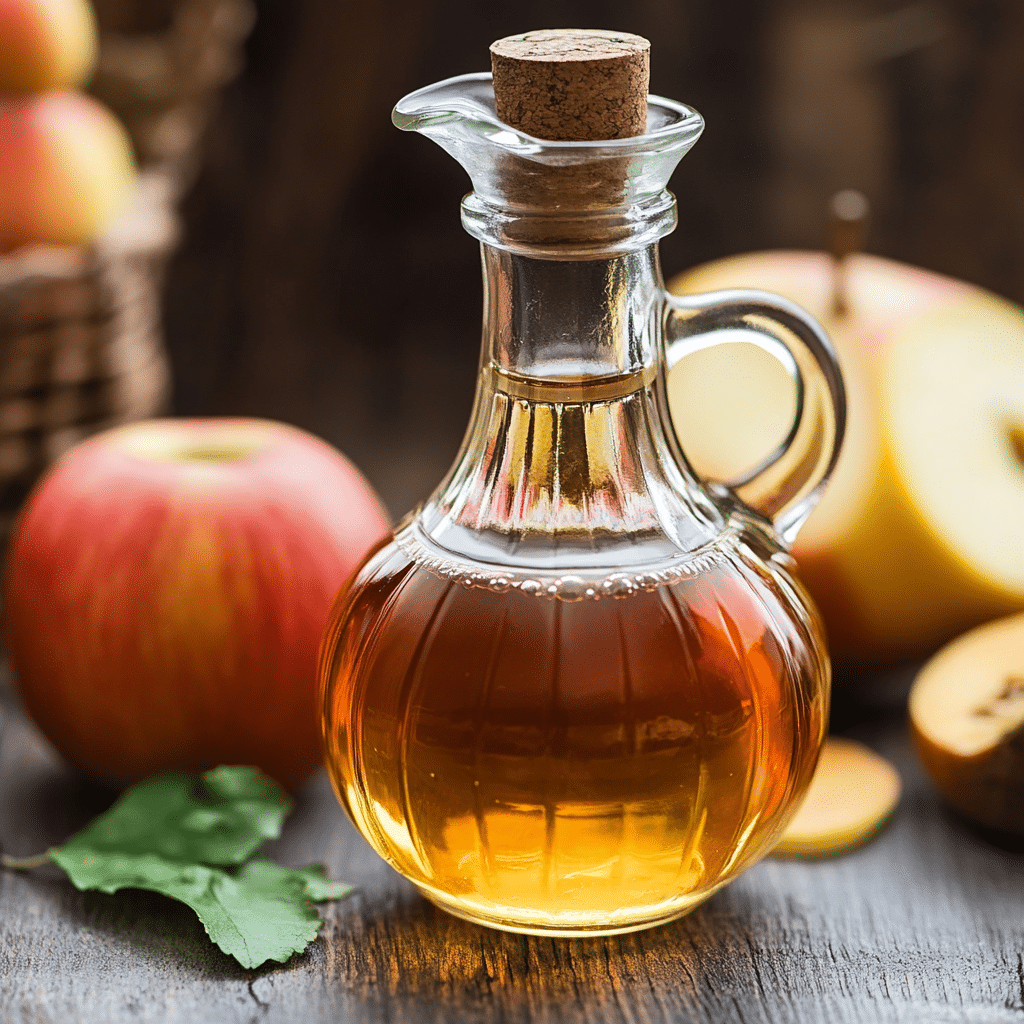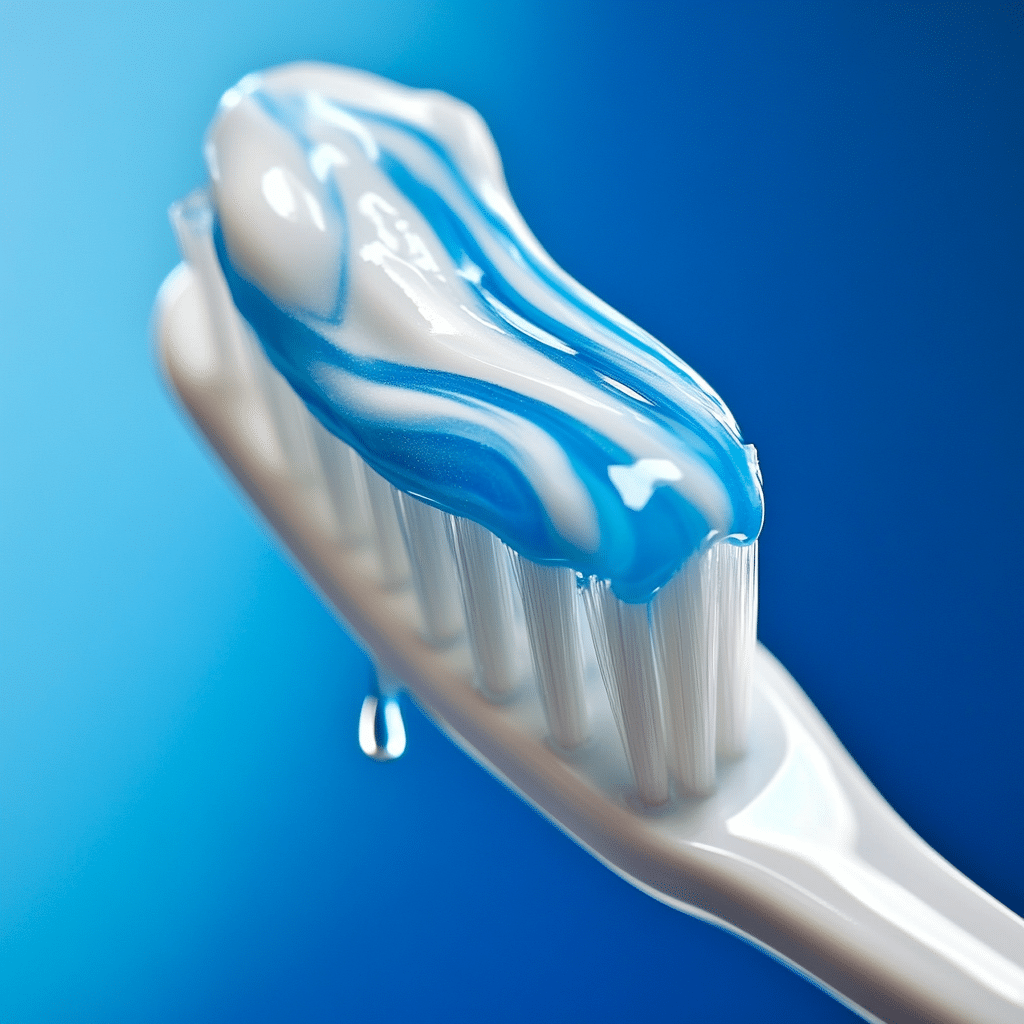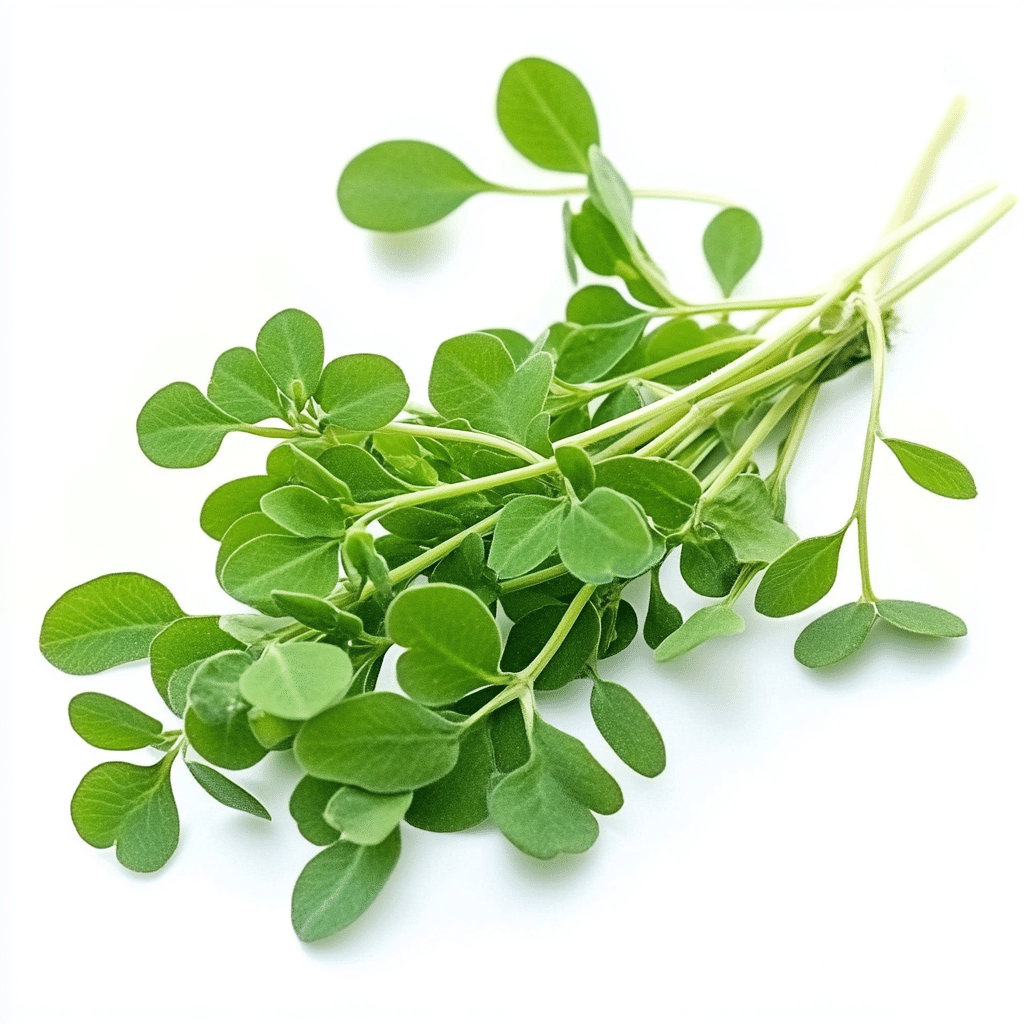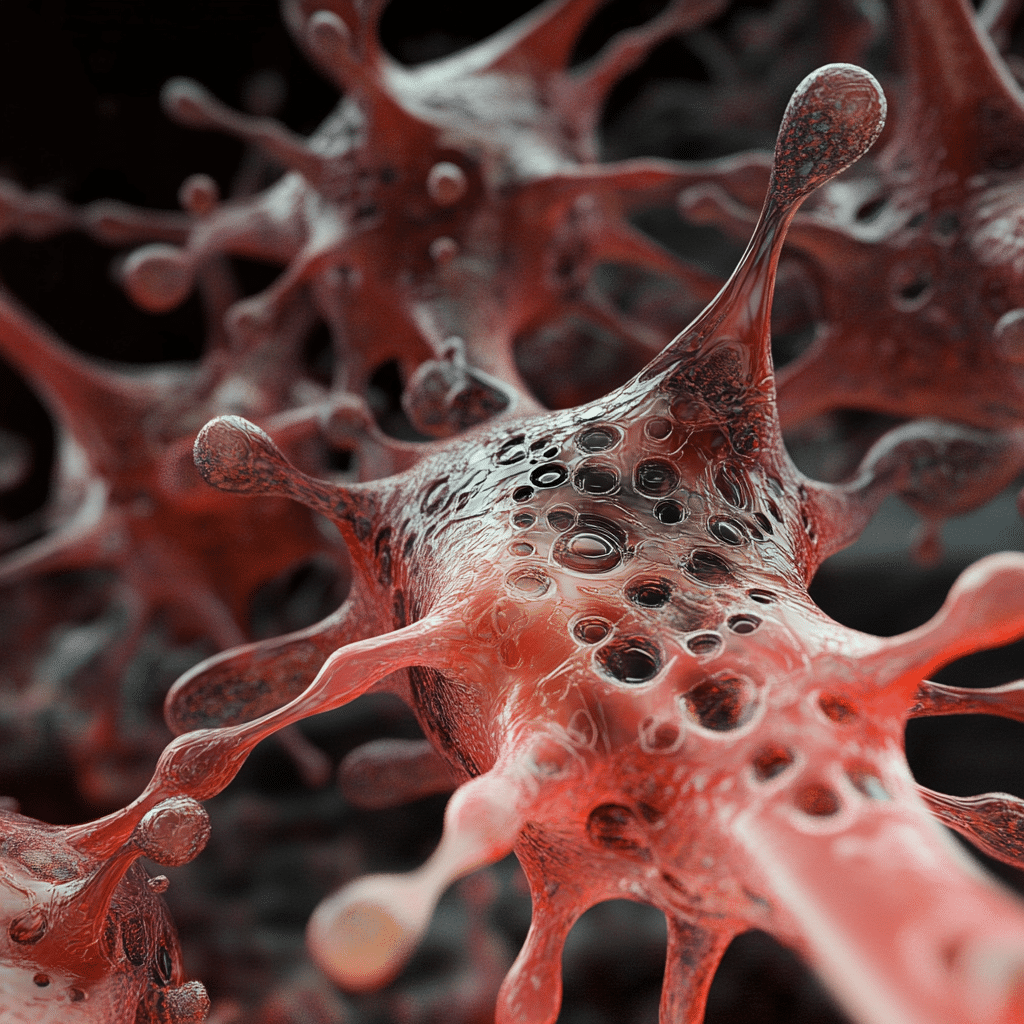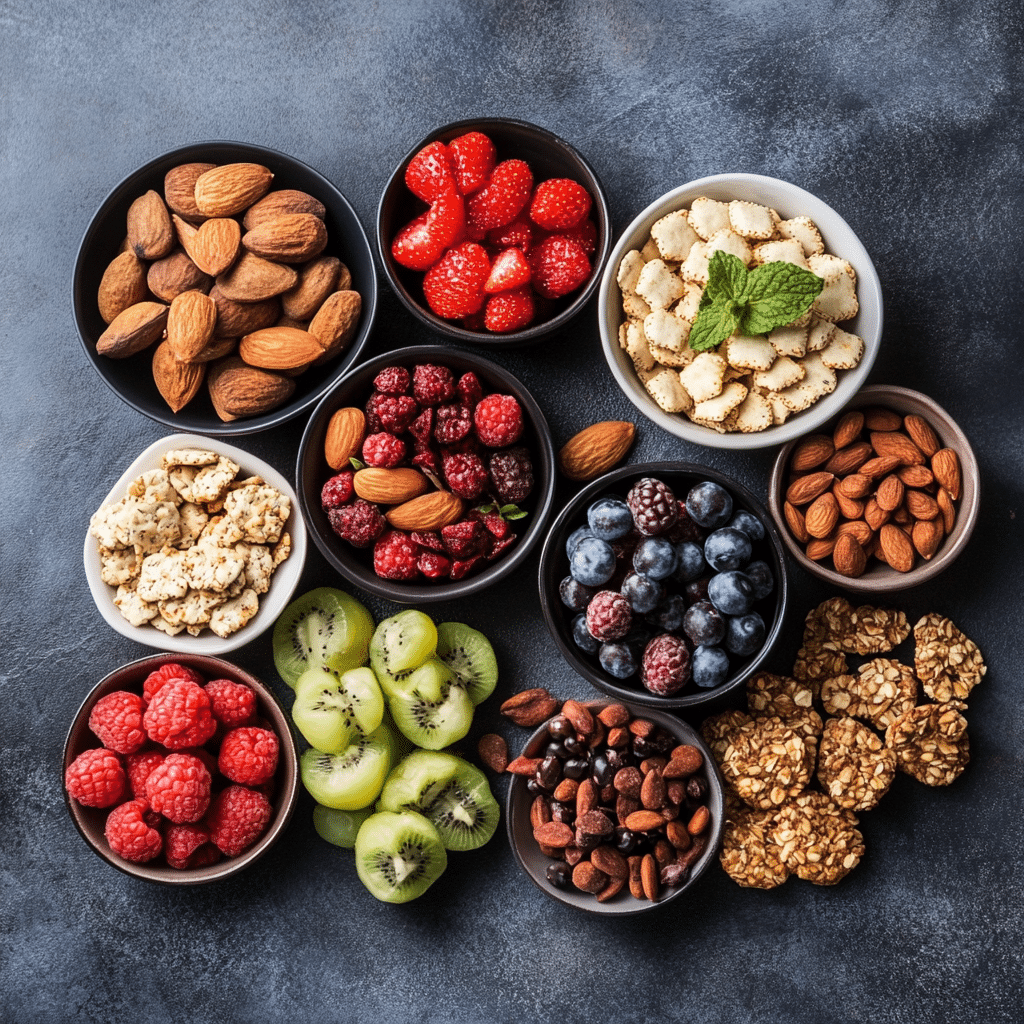Hey there, fitness warriors! If you’re on a quest to build a powerful chest, cable flys might just be your secret weapon. These aren’t your run-of-the-mill exercises. They’re transformative, allowing for a greater range of motion while activating your pectoral muscles like no other. Forget the old-school bench press for a minute; cable flys can help you achieve a fuller, broader chest fast. So, strap in and let’s dive into how to get those sculpted pecs you’ve always dreamed of!
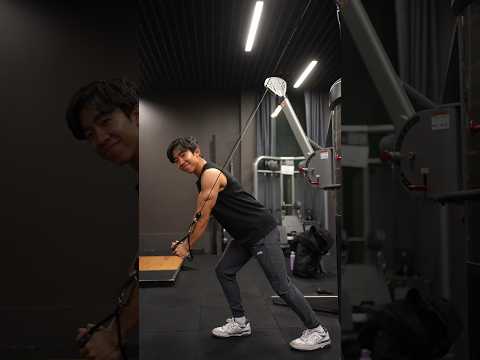
7 Essential Cable Fly Techniques to Maximize Chest Gains
To really optimize your cable fly workouts, you need to focus on these seven essential techniques:
Alright folks, let’s get this straight. You need the right stance and angles to zap your chest effectively. Position the cables at shoulder height, grab those handles, and take a step forward to create tension. And don’t forget, a slight bend in your elbows is key throughout the movement—this will help you avoid putting stress on your joints.
This is where it gets juicy! Ever heard of the mind-muscle connection? Focusing on feeling your pectorals stretch and contract during each rep can boost your results significantly. By engaging mentally with your muscles, you’re increasing their activation, which leads to those sweet gains you’re after.
Time to mix it up! Using different angles when you perform cable flys can hit various fibers of the chest. Don’t just stick to flat cable flys—switch it up with high-to-low and low-to-high variations. This way, you’re not just focusing on one part of the chest but developing it fully for that strong, balanced look.
For those looking to pump extra intensity into their workouts, consider adding partial reps. Once you reach the peak of the cable fly, pulse the movement by squeezing your pecs 2-3 times before returning to the starting position. Overloading your muscles like this can really stimulate growth!
Let’s talk numbers. Using heavier weights for fewer reps (like 6-8) is great for building strength, while lighter weights with more reps (think 12-15) can improve endurance. Finding the right balance is crucial—most of the time, you’ll need both to maximize muscle gains.
Want to kick it up a notch? Try super setting cable flys with related exercises! Pairing them with flat bench presses or incline dumbbell presses can lead to complete muscle exhaustion, making your workouts way more effective in promoting hypertrophy.
Never underestimate the power of documentation. Keep a journal detailing your sets, reps, and weights for those cable flys. Being able to look back and measure your progress lets you identify what works best for you, encouraging you to keep pushing boundaries.
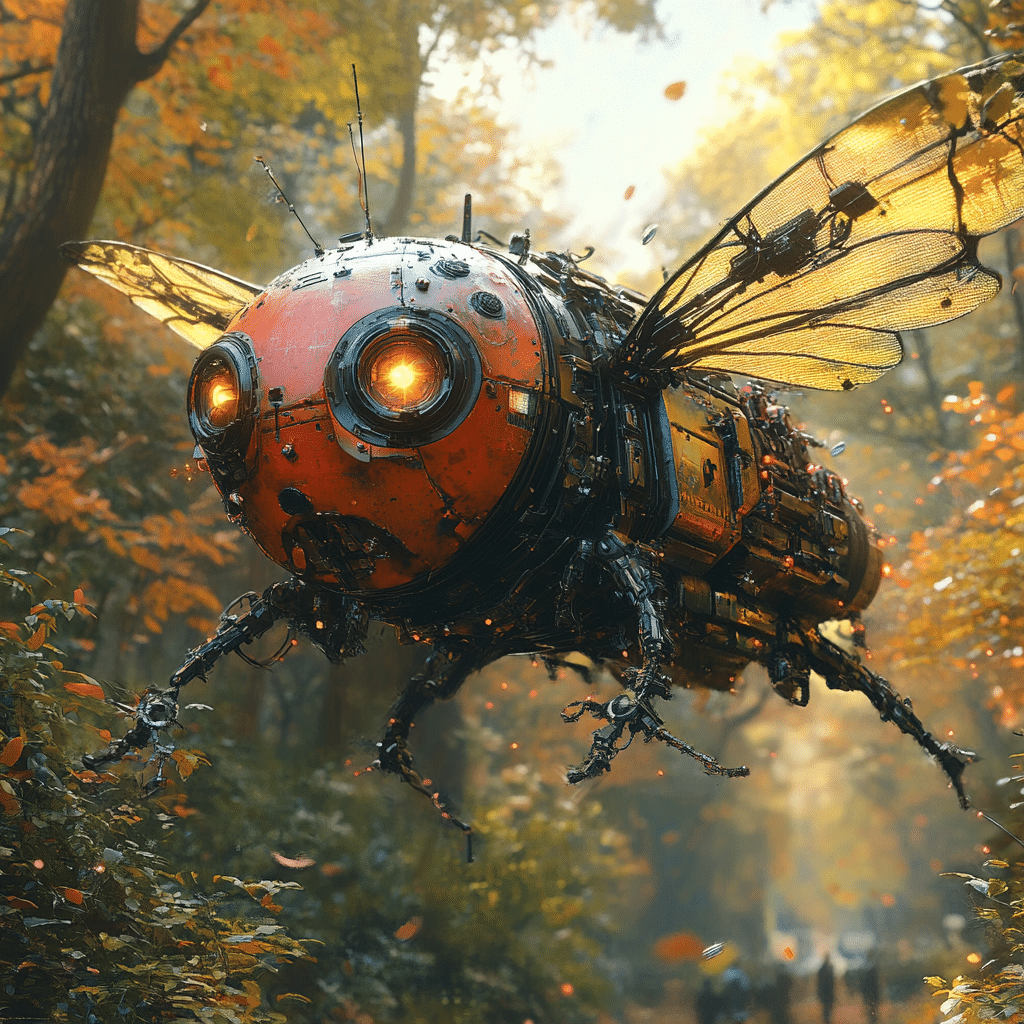
The Science Behind Cable Flys and Pectoral Development
Let’s get a bit technical here. Research shows that isolation exercises like cable flys are fantastic for engaging the pectoral muscles compared to compound lifts. An insightful study published in the Journal of Strength and Conditioning Research confirmed that cable flys significantly activate the pectoralis major more than push-ups or other common exercises. That’s science-backed evidence saying, “Cable flys are essential for your chest gains!”
Progressive overload plays a critical role in muscle growth, and cable flys excel in this area. They allow you to challenge your muscles in various ways that traditional compound movements simply can’t. As you adapt, you’ll keep those gains coming!
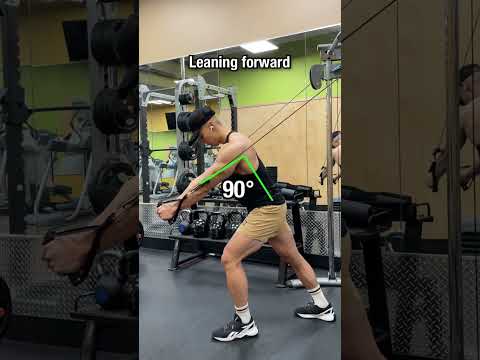
Innovative Cable Fly Variants You Should Try
Bored of the same-old workout? Switching things up can make a world of difference! Here are some innovative cable fly variants to refresh your routine:
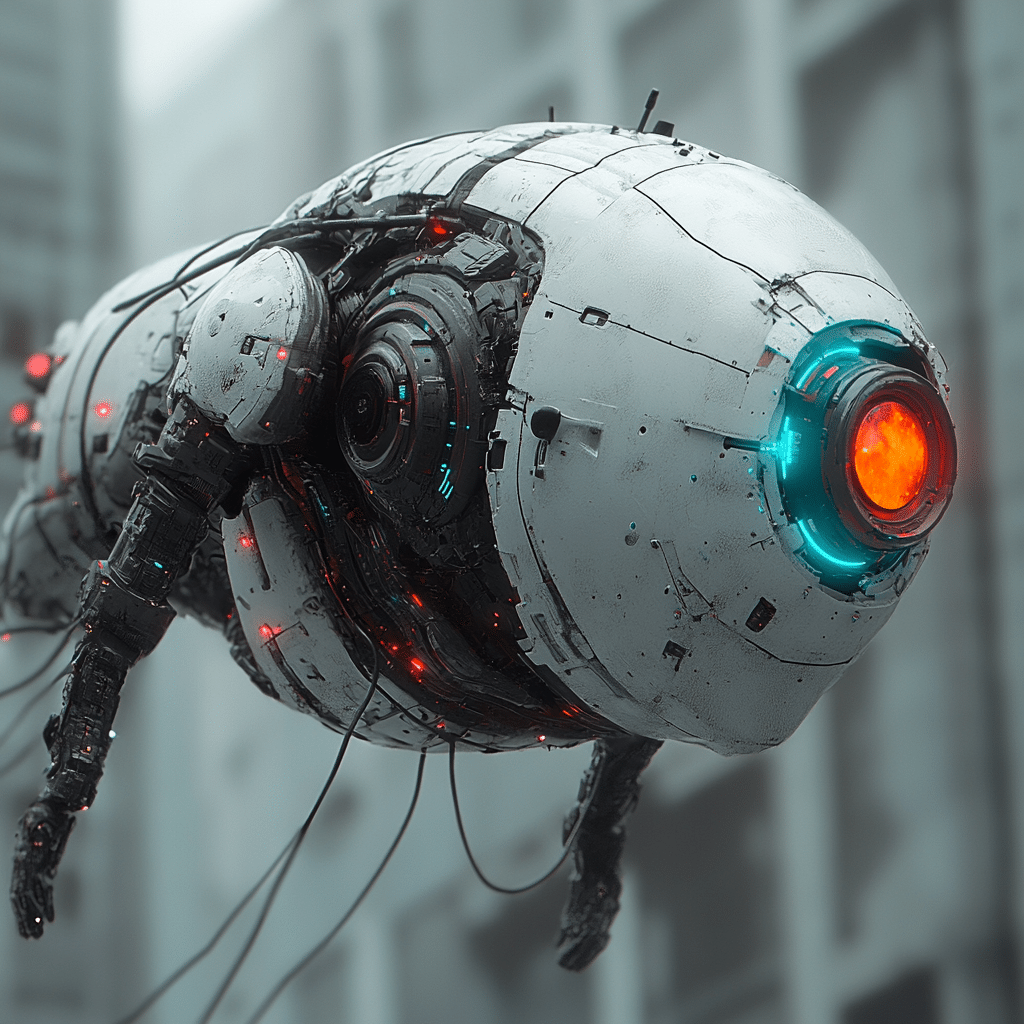
Maximizing Results with Nutrition and Recovery
Alright, here’s the deal: great workouts alone won’t cut it if you ignore nutrition and recovery. Fuel your body with a diet high in protein, healthy fats, and complex carbohydrates. Think lean meats and legumes. Consuming these foods will help knit your muscles back together after a grueling workout.
Let’s not forget recovery! Aim for adequate rest between sessions, and try foam rolling and stretching to maintain muscle elasticity. Hydration? Don’t skip it! A well-hydrated body recovers better, so drink up—your muscles will thank you!
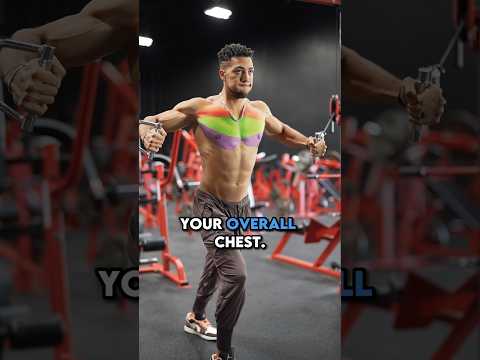
The Cable Fly Experience: More Than Just an Exercise
Incorporating cable flys into your training isn’t just about honing in on muscle—it’s about embracing a full journey to strength and aesthetics. The benefits reflect not merely in your physical appearance, but in your confidence and overall well-being. The cable fly can shape you into a powerhouse at the gym and beyond, symbolizing dedication and commitment to your health.
So, gear up and attack your workouts with a sense of purpose! Let cable flys lead you down the path of building an impressive chest fast. With passion, commitment, and the right techniques, you’re well on your way to getting shredded. This isn’t just about lifting weights; it’s about unleashing the beast within you! Now get in there and show those weights who’s boss!
For a comprehensive guide to performing cable chest flys, check out our resources here. If you’re curious about other exercises like cable flying, more tips await at This link. Ready to elevate your golf game? Discover your options with Callaway golf Balls.
Cable Fly: Secrets to Building a Powerful Chest Fast
Interesting Facts About the Cable Fly
Did you know that the cable fly, a staple in chest workouts, has roots dating back to the early 20th century? It was first popularized by bodybuilding pioneers, making its way into gyms worldwide. This exercise isn’t just for show; it targets the pectorals effectively, helping gym-goers craft a powerful chest without risking strain as one might with free weights. Speaking of stars, maybe you’ve caught wind of Pedro Pascal’s recent escapades; did you know his wife is equally intriguing? Look her up if you’re curious about their life together!
Now, while you’re at the gym sweating out those cable flies, you might also want to think about mixing in some fun activities afterward, like hitting up karaoke rooms with friends to celebrate your gains. Just imagine belting out your favorite tunes after those tough sets! Or if you’re more into movies, catching up with the cast Of Ghosts in recent films can be a great way to unwind while still embracing your interests.
Trivia You Didn’t Know You Needed
When performing the cable fly, it’s crucial to maintain proper form to maximize your results and prevent injuries. Interestingly, the term Chisme meaning in Spanish refers to juicy gossip, much like the tales that spread around the gym about workout techniques and successes. Staying informed about workout myths can help you make better choices—so do your research and don’t fall for every bit of gym gossip!
Finally, if you’re looking to spice things up and inject some fun into your workout routine, why not incorporate some unconventional moves? Just like the nude Shailene woodley scene sparked outrage yet admiration, sometimes breaking away from tradition can lead to surprising outcomes. So, unleash your creativity, trust in the effectiveness of the cable fly, and build that powerful chest you’ve been dreaming about!
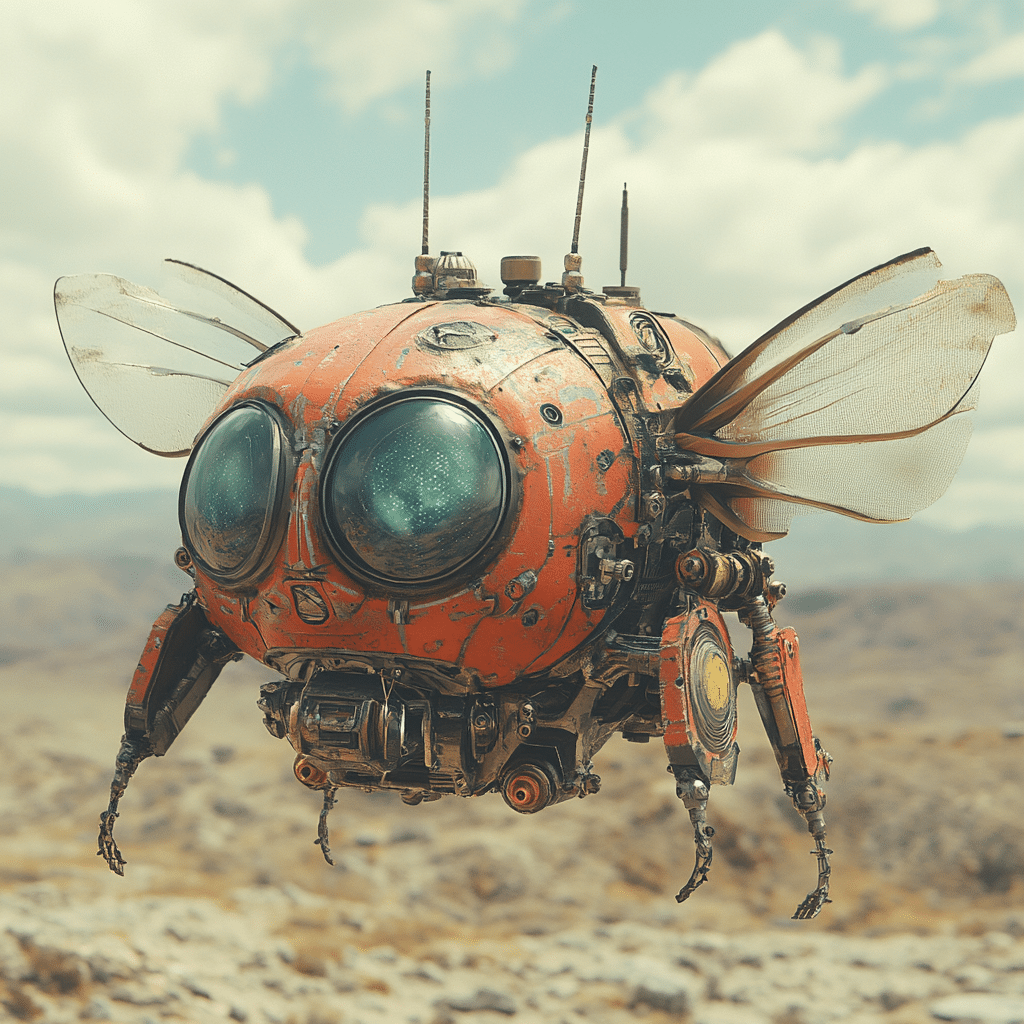
What are cable flys good for?
Cable flys are great for building strength in key upper body muscle groups, especially the chest. They help develop strong pectoral muscles, giving you that impressive chest look. Plus, they work your shoulders and arms too.
What is the best angle for cable chest fly?
For the best angle when doing cable chest flys, keep your arms at a 45-degree angle. This position targets the upper chest effectively and helps stabilize your body during the exercise for better results.
Are pec fly and cable fly the same?
Pec fly and cable fly aren’t the same but both have their perks. The pec deck fly offers more stability and lets you load heavier weights, while cable flys allow for a greater range of motion and better muscle engagement.
How to do cable fly right?
To do cable flys right, stand tall with your feet shoulder-width apart, pull the cables back slightly, and maintain that 45-degree arm angle. It’s all about controlling the movement and stabilizing your core throughout the exercise.
Can you get a big chest with just flys?
You can certainly get a bigger chest by incorporating flys into your workout, but it’s best to mix them with other exercises for balance and overall muscle growth.
Are cable flys better than chest press?
Cable flys and chest presses each have their place in training. Cable flys help with muscle isolation and stretch while chest presses focus on overall strength and mass, so consider adding both to your routine.
What is the correct height for cable flys?
The correct height for cable flys generally depends on your own torso height, but starting with the pulleys at shoulder level is a good rule of thumb.
Why do I feel cable flys in my shoulders?
If you’re feeling cable flys in your shoulders, it might be a sign you’re using too much weight or your form needs adjusting. Make sure to keep your elbows slightly bent and your core engaged.
How to properly do chest flys?
To properly do chest flys, focus on keeping your back straight, arms at that 45-degree angle, and control each movement as you open and close with the cables.
What’s a good weight for cable flys?
A good weight for cable flys varies from person to person. Start light to nail your form and gradually increase as it feels comfortable and manageable.
How many sets should you do per workout?
Aim for 3 to 4 sets of cable flys per workout. This range strikes a good balance between volume and recovery, especially when paired with other exercises.
Is PEC Fly worth doing?
Yes, doing PEC flys is worth it, especially if you want to target your chest more directly and build muscle size and definition. Just remember to pair it with other chest exercises for best results.
Can beginners do cable fly?
Beginners can definitely do cable flys! Just start with lighter weights and focus on form to build a solid foundation before adding more intensity.
Are dips good for the chest?
Dips are excellent for the chest as they emphasize the lower pectoral muscles while also working the triceps. They’re a great addition to any chest workout routine.
What is the correct posture for cable fly?
The correct posture for cable flys involves standing tall with your feet shoulder-width apart, keeping your chest lifted, and back straight. Maintain a slight bend in your elbows as you perform the movement.
What are the benefits of seated cable fly?
Benefits of seated cable flys include more control over your movements and increased stability, allowing you to focus on isolating the chest muscles without worrying about other factors like balance.
Do flys widen the chest?
Flys can help widen the chest, as they promote muscle growth on the outer sides of the pectorals, providing a fuller look. Just keep in mind they should be part of a balanced routine.
Do cable flys hit upper chest?
Cable flys do hit the upper chest effectively, especially when you perform them with an upward angle. Just be sure to adjust your form and weights accordingly to target that area.
Why are cable flys harder than machine?
Cable flys can feel harder than using a machine mainly due to the increased demand for stabilization and control. You have to engage more muscles to maintain form and balance, making them a tougher workout.option.

